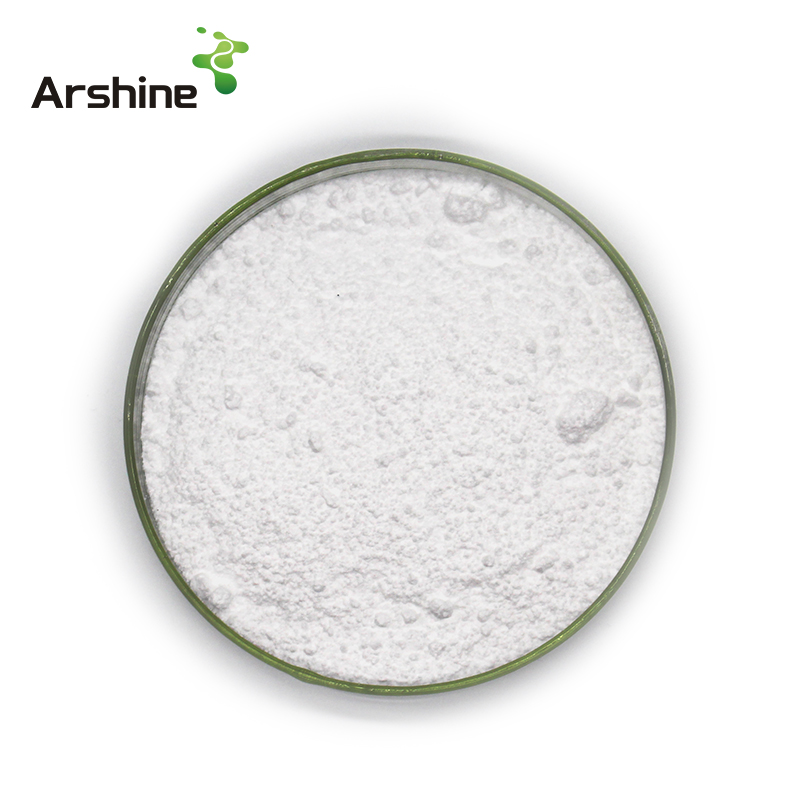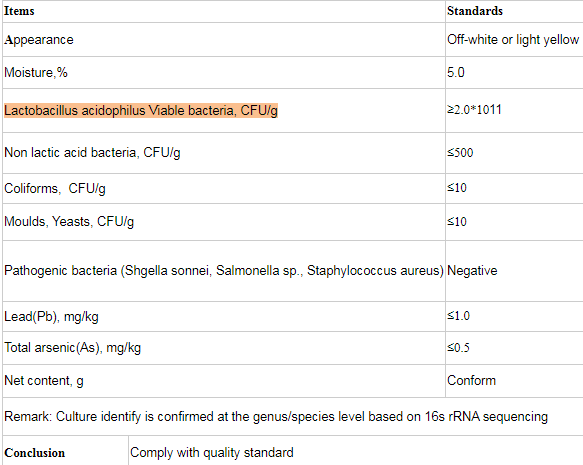
Lactobacillus is a genus of Gram-positive, facultative anaerobic or microaerophilic, rod-shaped, non-spore-forming bacteria. They are a major part of the lactic acid bacteria group (i.e. they convert sugars to lactic acid). In humans, they constitute a significant component of the microbiota at a number of body sites, such as the digestive system
Introduction
Lactobacillus is a genus of Gram-positive, facultative anaerobic or microaerophilic, rod-shaped, non-spore-forming bacteria. They are a major part of the lactic acid bacteria group (i.e. they convert sugars to lactic acid). In humans, they constitute a significant component of the microbiota at a number of body sites, such as the digestive system, urinary system, and genital system. In women of European ancestry, Lactobacillus species are normally a major part of the vaginal microbiota. Lactobacillus forms biofilms in the vaginal and gut microbiota, allowing them to persist during harsh environmental conditions and maintain ample populations. Lactobacillus exhibits a mutualistic relationship with the human body as it protects the host against potential invasions by pathogens, and in turn, the host provides a source of nutrients. Lactobacillus is the most common probiotic found in food such as yogurt, and it is diverse in its application to maintain human well-being as it can help treat diarrhea, vaginal infections and skin disorders such as eczema.
Functions and Applications
1.Produce Lactic acid, vitamin, enzyme and antibacterial substances.
2.Inhibit the growth of E.coli, salmonella and staphylococcus aureus.
3.Decrease the usage of antibiotics and enzyme.
4.Strengthen immune system, prevent diseases, improve disease resistance, reduce digestive tract diseases and respiratory diseases.
5.Lower concentrations of fecal ammonia, improve the breeding environment.

Inquiry
Address
Add: Block 14, No.100, Luyun Road,Changsha 410205,China.
Follow Us
Copyright © Arshine Pharmaceutical Co., Limited All Rights Reserved | SITEMAP Technical Support: 



